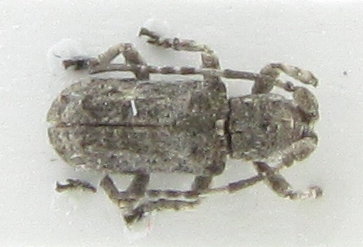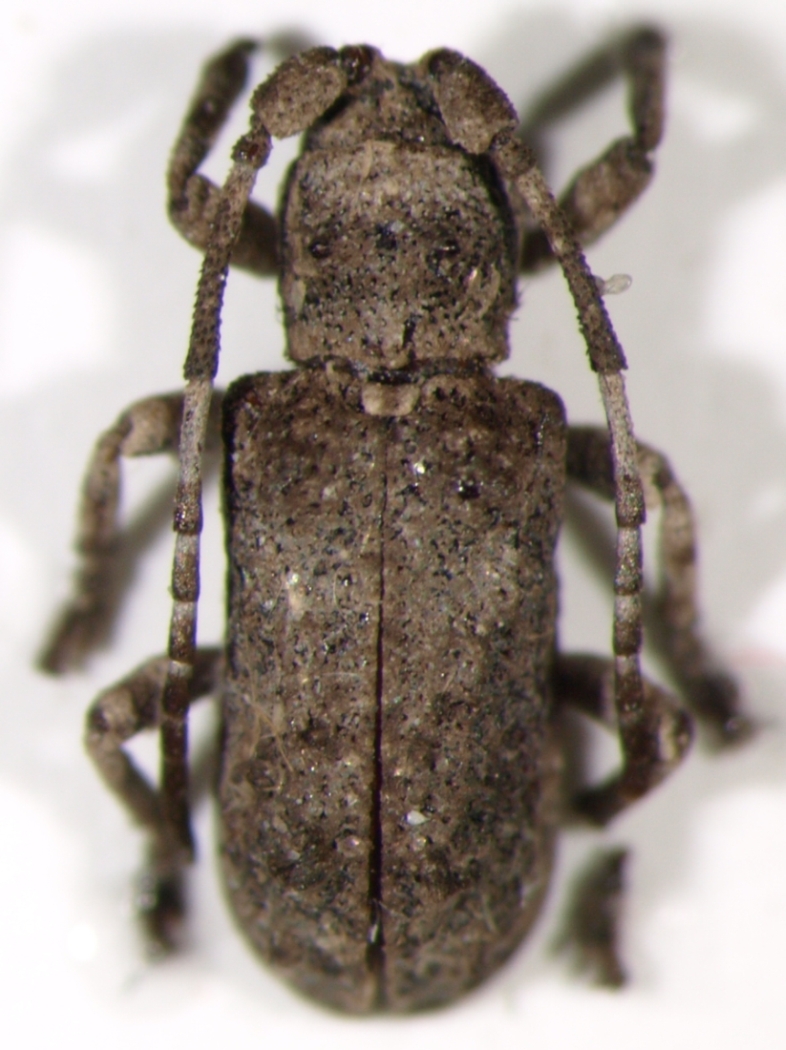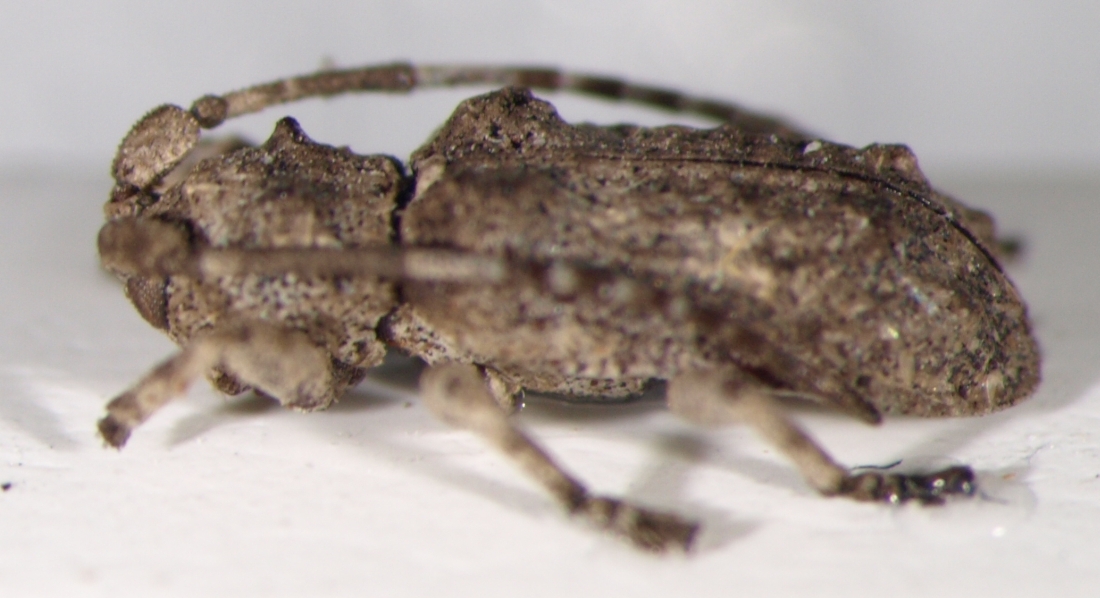| Author |
 Topic Topic  |
|
|
Vitali
Member Rosenbergia
   
Estonia
1001 Posts |
 Posted - 29/01/2011 : 00:05:28 Posted - 29/01/2011 : 00:05:28



|

I hesitated whether to place this photo. Maybe it is sufficient to start a discussion.
If necessary, I'll take a photo with a microscope.
Very thick first antennomere. 4.5 mm. Rare size for material coming from Africa.
Tanzania. |
|
|
Francesco
Forum Admin
    
Luxembourg
9501 Posts |
 Posted - 29/01/2011 : 10:52:37 Posted - 29/01/2011 : 10:52:37




|
Why did you hesitate?
It seems Ecyroschema favosum Thomson, 1864, though the recorded size is 7.5-9 mm.
E. multituberculatum from South Africa is much smaller (4 mm); however, E. favosum is the only one of the five Ecyroschema-species that is present in Tanzania. |
 |
|
|
Vitali
Member Rosenbergia
   
Estonia
1001 Posts |
 Posted - 29/01/2011 : 13:22:21 Posted - 29/01/2011 : 13:22:21



|
| I did not want to place a photo of such bad quality. The beetle is too small for my camera. By the way, I measured it with a microscope. The measure is 5 mm exactly. It has features that are not visible in the photo: two sharp teeth with glabrous tips on dorsal side of pronotum and two high tubercles in basal part of elytra. I'll take a better photo. The size 7-9 mm seems too large and maybe it is still another species. |
 |
|
|
Francesco
Forum Admin
    
Luxembourg
9501 Posts |
 Posted - 29/01/2011 : 14:53:33 Posted - 29/01/2011 : 14:53:33




|
The identification of the genus does not raise difficulty.
I send to your private mail a picture of this species taken from Adlbauer's book about Namibian fauna. So you can check it.
Regarding the species, I have only a key to three of the five species, but possibly the remaining original descriptions as well. |
 |
|
|
Vitali
Member Rosenbergia
   
Estonia
1001 Posts |
 Posted - 29/01/2011 : 17:17:22 Posted - 29/01/2011 : 17:17:22



|

Thank you for the photo, Francesco. It is very alike indeed. I can see even glabrous tubercles on pronotum.
Here is a better photo of my beetle taken with a microscope.
If it is E. favosum, we have to disregard the colour pattern and the size.
The lateral view is following in the next message. |
 |
|
|
Vitali
Member Rosenbergia
   
Estonia
1001 Posts |
 Posted - 29/01/2011 : 17:19:17 Posted - 29/01/2011 : 17:19:17



|

A lateral view of the same beetle. Isn't it "multituberculatum" enough? :-) |
 |
|
|
Francesco
Forum Admin
    
Luxembourg
9501 Posts |
 Posted - 29/01/2011 : 19:30:26 Posted - 29/01/2011 : 19:30:26




|
Unfortunately, I have found only the description of three species at the present.
They can be identified with the key below:
1. Antennal tubercles separated by a fissure, 8 mm (South Africa)...rugatum
-. Antennal tubercles separated by a larger space......2
2. Elytra with numerous high tubercles, 4 mm (South Africa)...multituberculatum
-. Elytra without tubercles, 7,5-9 mm (Ivory-Coast-Sudan-South Africa)...favosum |
 |
|
|
Vitali
Member Rosenbergia
   
Estonia
1001 Posts |
 Posted - 29/01/2011 : 20:09:41 Posted - 29/01/2011 : 20:09:41



|
| My beetle has 3 tubercles on each elytron: 1 strong in basal part and 2 in apical part. So, 6 tubercles is not "numerous", in fact, but it is not "without tubercles" either. |
 |
|
| |
 Topic Topic  |
|


